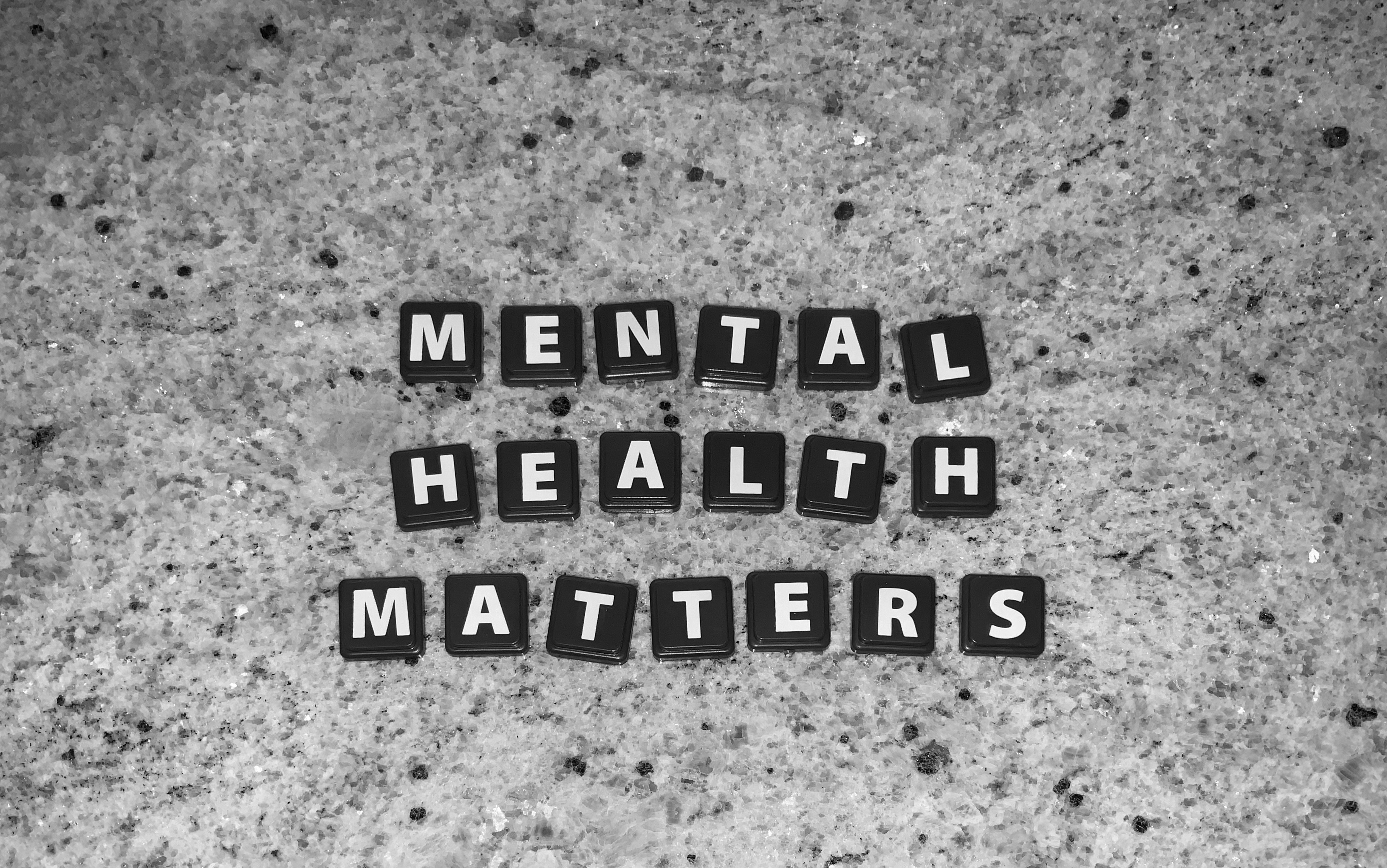Understanding Depression Tests: Types, Uses, and Importance
Depression affects millions of people worldwide, but many cases go undiagnosed and untreated. Depression tests serve as valuable tools for identifying symptoms and severity of depression, helping individuals take the first step toward proper mental health care. These assessments range from quick online questionnaires to comprehensive clinical evaluations administered by healthcare professionals. Understanding the different types of depression tests available can help individuals make informed decisions about their mental health journey.

What Is a Depression Test?
A depression test is a screening tool designed to measure the presence and severity of depressive symptoms. These tests typically consist of questions about mood, behavior, thoughts, and physical symptoms over a specific period. Depression tests come in various formats, from self-administered questionnaires to clinician-led interviews. While these tests cannot provide an official diagnosis on their own, they offer valuable insights that can prompt further evaluation by mental health professionals. The most commonly used depression tests include the Patient Health Questionnaire-9 (PHQ-9), Beck Depression Inventory (BDI), and Hamilton Depression Rating Scale (HAM-D).
How Free Depression Tests Work
Many free depression tests are available online, making mental health screening more accessible than ever. These assessments typically ask about common depression symptoms like persistent sadness, changes in appetite or sleep patterns, feelings of worthlessness, and thoughts of self-harm. Free depression tests usually take between 5-15 minutes to complete and provide immediate results after submission. While convenient and confidential, it’s important to understand that free depression tests have limitations. They serve as preliminary screening tools rather than diagnostic instruments, and results should always be discussed with healthcare providers. Reputable sources for free depression tests include Mental Health America, the Anxiety and Depression Association of America, and Psychology Today.
Depression and Anxiety Test Options
Since depression and anxiety frequently co-occur, many screening tools evaluate symptoms of both conditions simultaneously. Depression and anxiety tests typically examine overlapping symptoms like sleep disturbances and concentration difficulties while also investigating condition-specific indicators such as persistent worry (anxiety) or feelings of hopelessness (depression). These comprehensive assessments help identify whether someone is experiencing primarily depression, primarily anxiety, or a combination of both. Common depression and anxiety screening tools include the Depression Anxiety Stress Scales (DASS), Hospital Anxiety and Depression Scale (HADS), and the Patient Health Questionnaire for Depression and Anxiety (PHQ-4). These tests provide valuable information that can guide treatment approaches, as addressing both conditions often requires different strategies than treating either condition alone.
Bipolar Depression Test Considerations
Bipolar depression tests specifically screen for depressive symptoms that may be part of bipolar disorder rather than unipolar depression. These assessments look for indicators of both depressive episodes and manic or hypomanic episodes, which are characterized by periods of elevated mood, increased energy, decreased need for sleep, and potentially risky behavior. Commonly used bipolar screening tools include the Mood Disorder Questionnaire (MDQ), Bipolar Spectrum Diagnostic Scale (BSDS), and Hypomania Checklist (HCL-32). It’s particularly important to differentiate between bipolar and unipolar depression because treatment approaches differ significantly. Misdiagnosis can lead to ineffective treatment or even worsening of symptoms, especially if antidepressants are prescribed without mood stabilizers for someone with bipolar disorder.
Depression Test for Teens: Special Considerations
Depression tests for teens are specifically designed to account for how depression symptoms may manifest differently in adolescents compared to adults. Teen depression may present as irritability rather than sadness, social withdrawal, extreme sensitivity to criticism, or declining academic performance. Assessments like the Reynolds Adolescent Depression Scale (RADS), Adolescent Depression Rating Scale (ADRS), and the modified PHQ-9 for teens (PHQ-A) are tailored to address these age-specific manifestations. When administering depression tests to teens, it’s crucial to create a non-judgmental environment and ensure confidentiality while also balancing safety concerns. Parents should approach these screenings with sensitivity, understanding that teens may be reluctant to discuss their feelings openly but that early intervention is key to preventing long-term mental health challenges.
Clinical Depression Test Process and Next Steps
When depression screening indicates significant symptoms, a clinical depression test administered by a healthcare provider is the next important step. Clinical assessments typically involve structured interviews, comprehensive questionnaires, and consideration of medical history to rule out physical conditions that may cause depressive symptoms. Healthcare providers may use standardized tools like the Structured Clinical Interview for DSM-5 (SCID) or the Mini-International Neuropsychiatric Interview (MINI) during this process. Following a clinical depression test, providers work with patients to develop appropriate treatment plans, which may include psychotherapy, medication, lifestyle changes, or a combination approach based on depression severity and individual circumstances. Regular follow-up testing is often recommended to track treatment progress and adjust approaches as needed.
Depression tests serve as valuable tools in mental health assessment, providing a starting point for understanding symptoms and seeking appropriate care. While these screenings cannot replace professional diagnosis, they offer important insights that can empower individuals to take control of their mental health journey. If you’re experiencing symptoms of depression, consider taking a depression test and discussing the results with a healthcare provider to explore treatment options.
This article is for informational purposes only and should not be considered medical advice. Please consult a qualified healthcare professional for personalized guidance and treatment.




